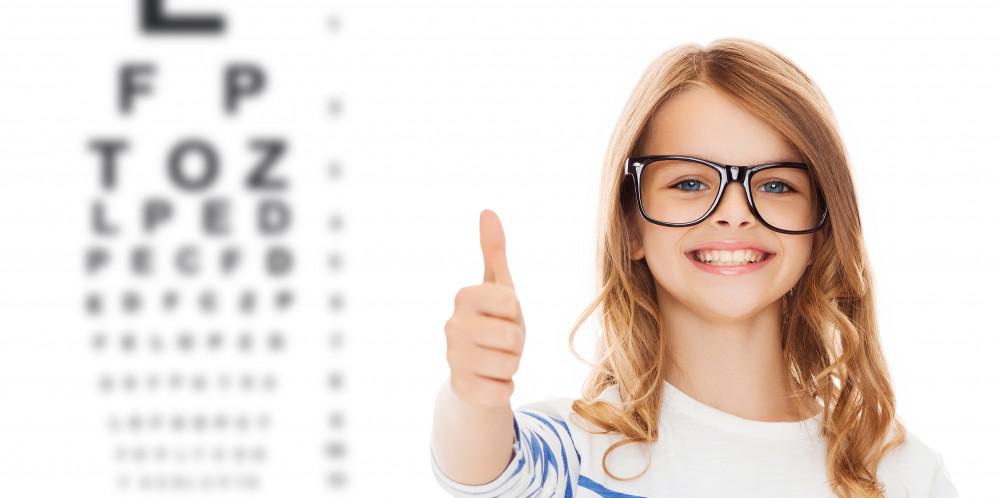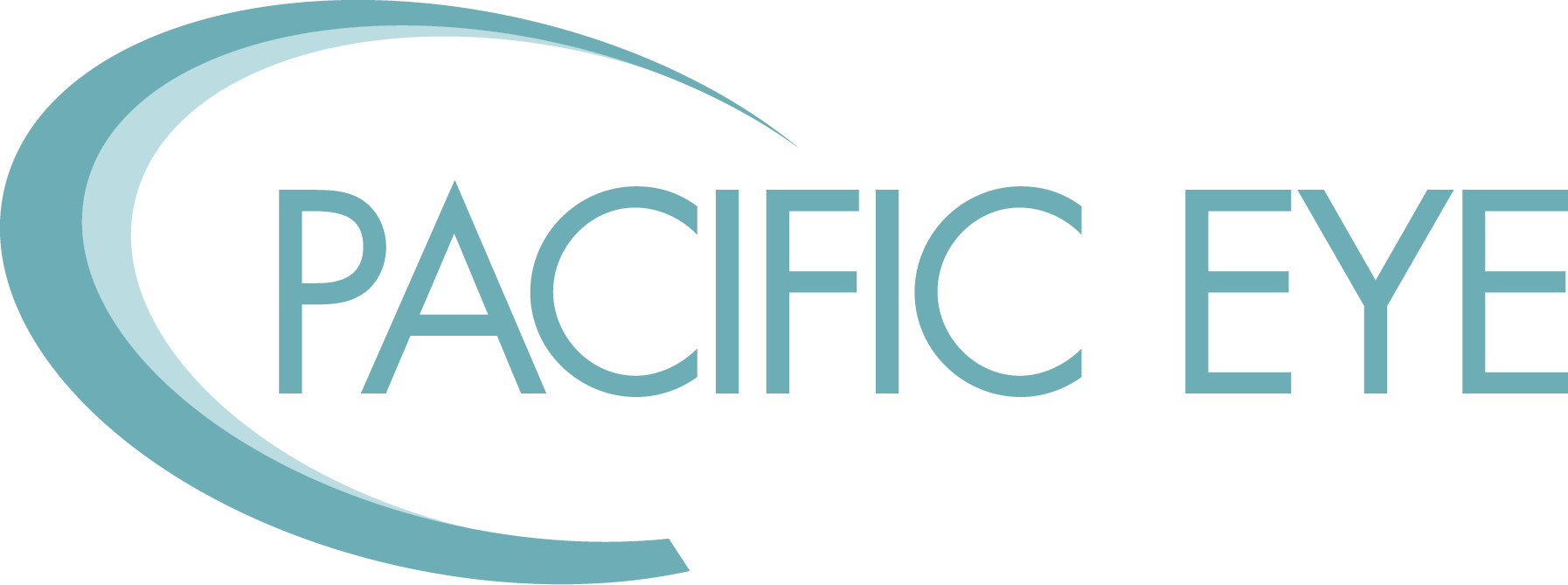
Your child’s well-being is your priority from the day they’re born. Regular check-ups with a pediatrician are important as your child grows, and regular eye exams should be part of their health care plan, too.
Even if babies and toddlers don’t read or attend school, vision is a crucial element of their developmental processes. But babies can’t tell you if their vision is blurry, so how do you know when you start routine eye care?
The ophthalmology and optometry team at Pacific Eye offers comprehensive pediatric eye care for kids of all ages. Getting your child’s eyes checked early in life — and keeping up with routine eye appointments — can help ensure they have healthy eyes and their best possible vision throughout their life.
Scheduling your child’s first eye exam
Babies first have their eyes checked as newborns. Most pediatricians perform a basic eye test, including a red reflex test, to evaluate any issues with ocular alignment or pupils.
Your baby’s vision gets sharper within their first year of life, and the American Academy of Ophthalmology and American Association for Pediatric Ophthalmology and Strabismus recommend scheduling their first comprehensive exam between age 6-12 months.
All children should have their first vision test by the time they’re 3 years old. Pediatric eye exams test visual acuity, eye movement, eye teaming, and focusing. These skills are essential to help your child see clearly at all distances.
Young children may not realize their vision is blurry, so as their parents, it’s important for you to learn the signs of vision problems. Don’t wait to make an eye doctor appointment for your child if you notice:
- Sensitivity to light
- Poor focusing
- Red or teary eyes
- Excessive eye rubbing
When your child has their first eye exam before age 3, it helps the eye doctor identify any issues that could affect their vision quality or eye health. Many eye problems, like a lazy eye, are most treatable when they’re diagnosed early in life.
Establishing routine eye care for your child
Kids need to have their first eye exam before age 3. If no issues with their vision or eye health are identified, they should have their next eye exam before starting school. Having a comprehensive eye exam before starting kindergarten gives your child their best chance at success.
Undiagnosed eye conditions, like myopia and hyperopia, can make vision blurry and significantly impact your child’s ability to perform in school. If your child has vision problems, prescription eyeglasses can correct blurry vision and help them see more clearly at school and at home.
Throughout childhood and adolescence, your child should continue getting annual eye exams. Our team at Pacific Eye monitors their eyes as they grow, which helps us identify any potential problems early on and give them their best possible vision.
If you have a family history of eye conditions, talk to your child’s eye doctor about their risks. If your child has eye or vision complications, they may benefit from more frequent eye care.
Remember that you don’t have to wait for your child’s annual eye exam if you have concerns about their eyes. If your child suffers an eye injury or you suspect something is wrong with their vision, make an appointment with their eye doctor right away.
We’re here to help your child establish a lifetime of healthy eye care habits. Request your first appointment online or call the Pacific Eye office nearest you today. We have seven locations serving San Luis Obispo and Santa Barbara counties.







